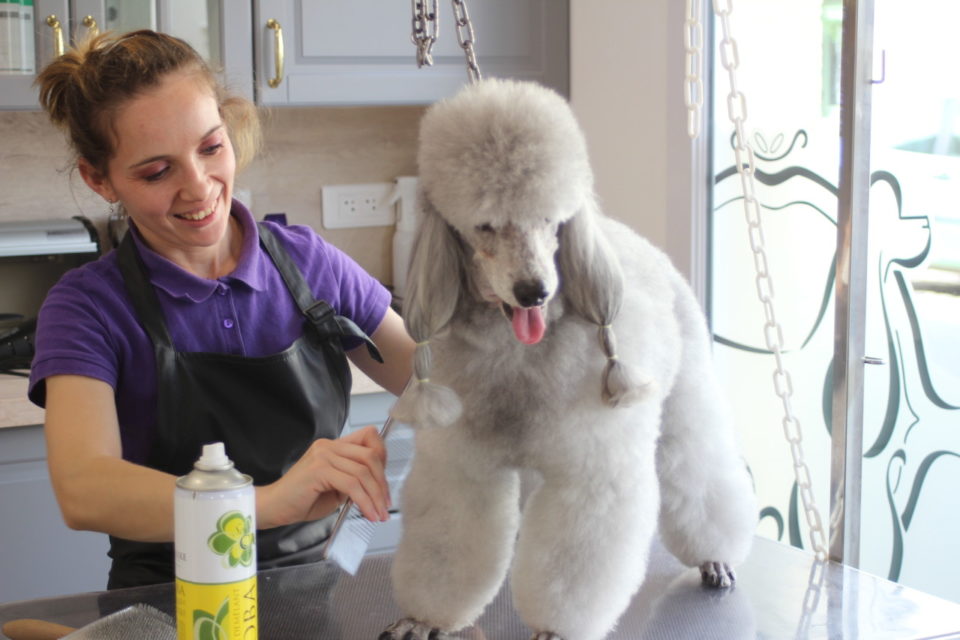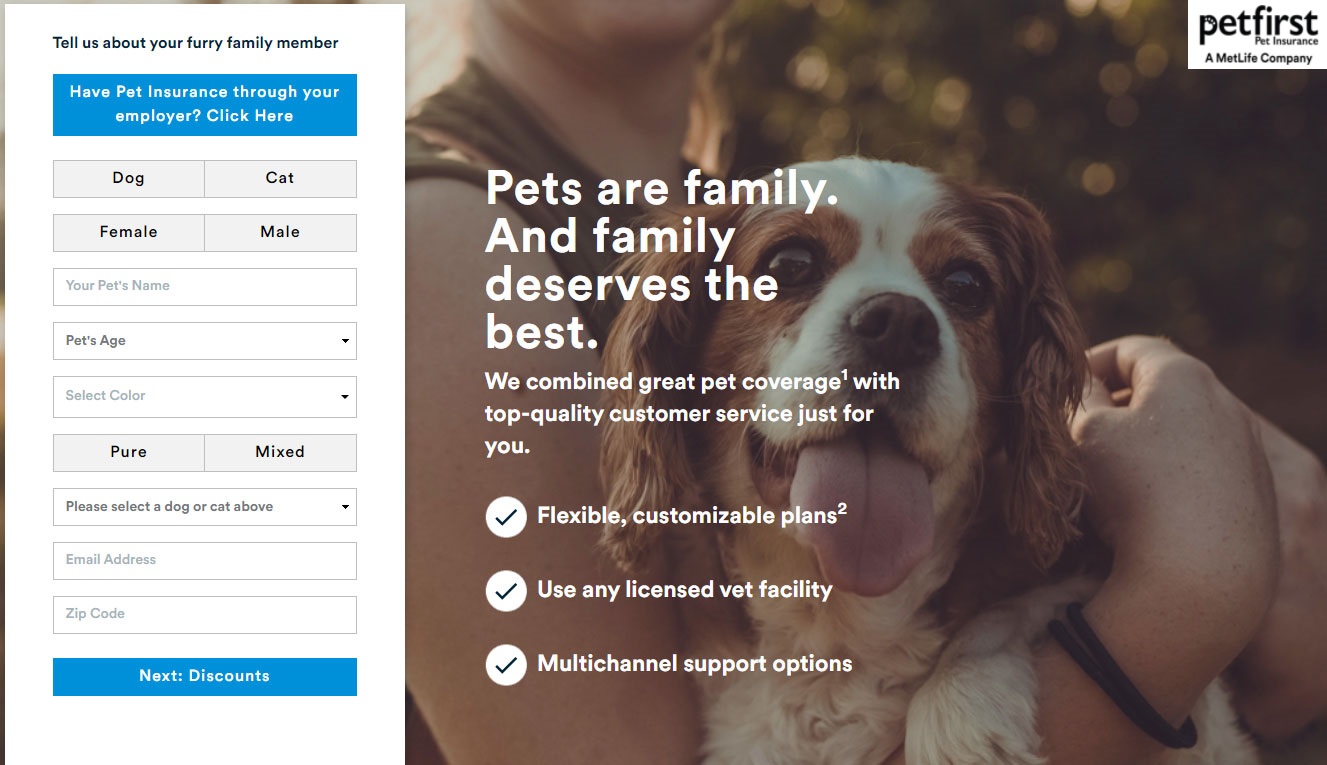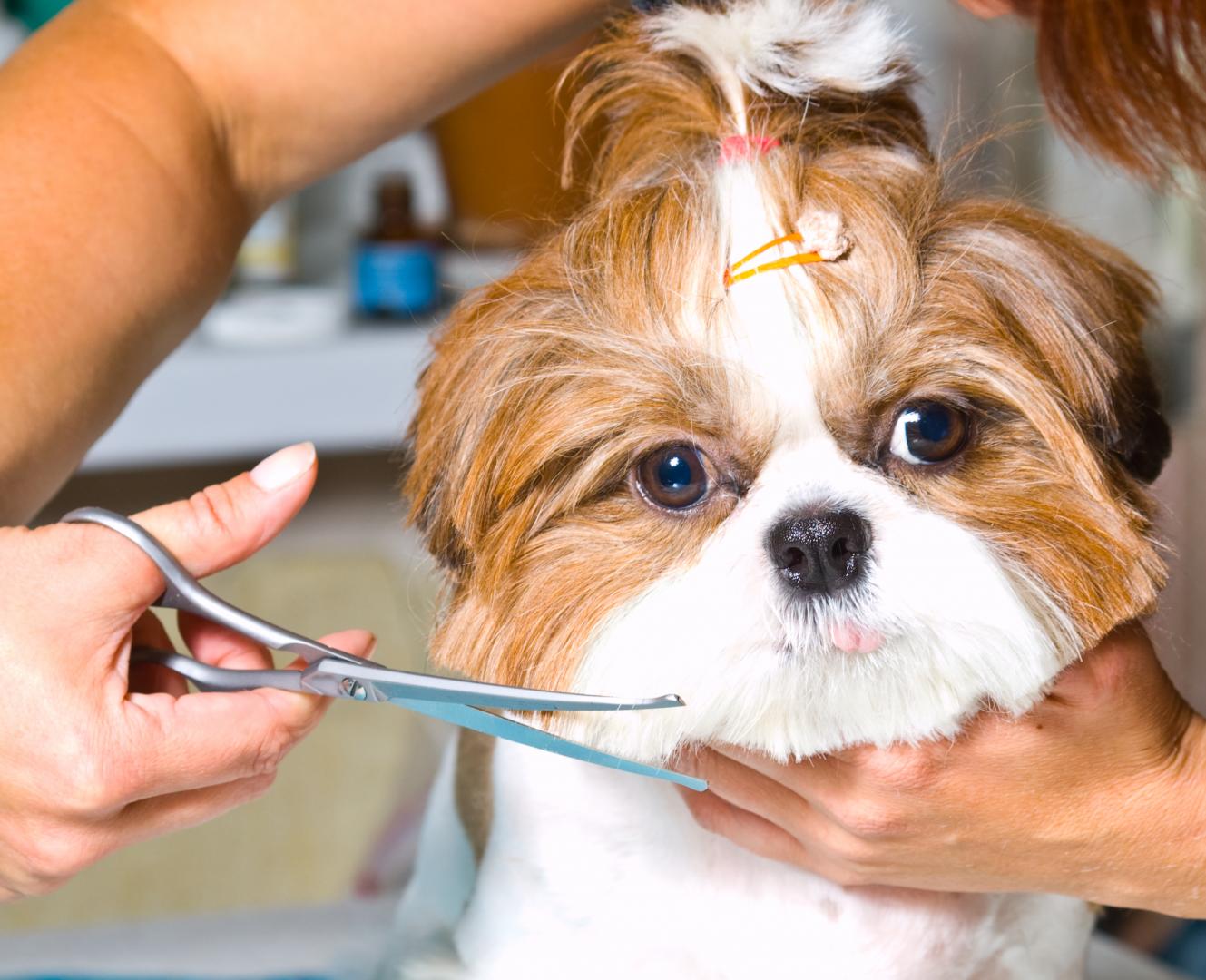Dog grooming tips
Dog grooming is an activity that aims to take care of the skin and hair of dogs, an activity that one might think has only an aesthetic purpose, but which in fact closely affects the health and well-being of our faithful companions.
Indeed, dog grooming is a perfect opportunity to examine your dog thoroughly from every angle and to detect early on the slightest skin, ear, eye or dental problem. Since today, having your dog groomed by a professional is no longer the privilege of the wealthy, I suggest you discover more about this service and its importance for the well-being of your dog.
What is dog grooming?
Dog grooming is an activity that consists in maintaining a dog's coat, but also in taking care of its health in its entirety, from its eyes, its teeth and its ears, to the tip of its claws!
Although the term "dog grooming" is often used to describe a professional activity, it can also be done by the owners themselves, as long as they have the time and the necessary accessories.
It should be noted, however, that when more technical interventions are required, the owner can quickly find himself helpless.
Hair clipping, in particular, is a delicate exercise, and if you want to give your poodle an aristocratic look, chances are that the result will not be up to your expectations if you improvise yourself as a groomer without any particular skills in this field.
Also, it is advisable to distinguish the interventions that are most often attributed to the professional dog groomer, from those that the owners can easily realize themselves.
The shearing, the cut and the maintenance of long silky, curly or curly coats, the cut of the nails, the size of the hairs of the ears and the eyes and the maintenance of the teeth are rather business of professional.
Daily brushing and monthly bathing, on the other hand, are generally within the reach of everyone, especially if the dog has a short or short coat.

Why groom your dog?
Whether you decide to entrust your dog to a professional dog groomer, or whether you prefer to take care of it yourself, grooming remains an essential activity to check that everything is fine and deserves to be done regularly.
Canine grooming to monitor your dog's health
Brushing your dog's fur allows dead hair to be removed, especially stuffing, to let the skin breathe and to stimulate capillary circulation, which promotes the renewal of the fur and the health of the dermis. It is also the occasion to proceed to a meticulous examination which makes it possible to make sure of the absence of external parasites (lice, fleas and ticks) as well as small wounds (wounds, warts, buttons, rednesses, scales, etc).
Parasites can transmit potentially serious diseases to your dog, such as Lyme disease (borreliosis) or piroplasmosis transmitted by ticks, or tapeworm, which is not a disease in itself, but an internal parasite transmitted by fleas. Small wounds can lead to superinfections, and pimples, scales, discoloration of certain areas, warts and other abnormalities can be a symptom of more serious diseases (mycosis, ringworm, scabies, papillomatosis, tumors, etc.).
Dog grooming to trim the dog's nails
Dog grooming also includes nail care, which is essential for dogs that don't walk on rough floors enough for their nails to file naturally. Hint: If you hear your dog's nails clicking on your tile or wood floor when he walks, they are too long and need a trim.
Without it, they can injure your pet's paws, cause painful ingrown toenails, and even hinder your dog's movement, resulting in long-term lameness and musculoskeletal problems. As nail trimming is a rather delicate procedure, most owners prefer to delegate it to a professional groomer or a veterinarian.
Dog grooming to prevent eye and ear infections
The care of your dog's eyes and ears is also an integral part of grooming, and even one of its most important aspects. A thorough examination of your pet's eye and ear health allows for the early detection of possible problems (keratoconjunctivitis, otitis, ear scabies, etc.) so that they can be taken care of before they become more complicated. Shortening the hairs that can fall into your dog's eyes and those that prevent the aeration of his ear canal, and cleaning the eye contour and the possible excess of earwax also allow to effectively prevent infections.
Canine grooming to wash your dog
An occasional bath is also intended to clean the dog's skin and coat thoroughly, to remove more dirt and sanitize the animal's dermis and fur. This activity should be carried out with appropriate products, i.e. shampoos specifically designed for dogs and not for humans - not even for babies or sensitive skin - as the latter are much too aggressive for the skin of our four-legged friends. Regularly brushed, healthy, parasite-free dogs that don't get too dirty don't need monthly baths, and it's possible to space out the frequency of deep cleansing by several months without endangering their hygiene and health.
Canine grooming to prevent tartar in dogs
Complete grooming of your dog can include brushing his teeth, which will ensure the absence of lesions and abnormalities, but also slow down the formation of tartar, the scourge of our favorite carnivores. Tartar is indeed the cause of many periodontal diseases, sometimes serious, which can result in the loosening of the animal's teeth and even in generalized infections if not treated. Note that not all dogs are equally demanding in terms of maintenance. The most rustic dogs, with short or short hair, only require a regular brush and an occasional bath, while the more delicate animals, with long, curly or very fine hair, need more care.
Where to groom your dog?
You can groom your dog at home, either by doing it yourself or by having a professional dog groomer come in. This alternative minimizes the stress of the animal, which is often much more comfortable in a place it knows, and is delighted to be taken care of in these conditions.
The second alternative is to go directly to a grooming salon, an option that is more expensive than taking care of your pet yourself, but that allows you to save time and avoid dirtying your home. This last point may be important to take into account, especially for owners of primitive or northern breeds, such as Huskies or Shiba, which shed impressive amounts of hair during shedding periods.
Brushing this type of dog in the living room is a risky maneuver that can turn into a real invasion of hair, which you will struggle to remove completely and which you will probably find everywhere in your home for weeks. For more specific procedures such as nail trimming and teeth cleaning, it is also possible to go to a veterinarian.

How to choose a professional dog groomer for your dog?
With the new technologies, it is more and more easy to find a professional dog groomer to whom you can delegate the maintenance of your pet's skin, coat, eyes, ears, teeth and nails. Google Maps is an efficient tool to find the professionals closest to your home and to consult the reviews of owners who have already used their services.
However, it is important not to rely only on these indications to make your choice, and to visit the professional you are interested in to meet him before entrusting him with your pet. During your visit, make sure that the grooming salon of your choice is clean and that its four-legged clients are well received.
Observe how the groomer deals with the animals: he or she should be caring, reassuring, gentle and patient. A dog groomer who is rude, or who scolds a frightened dog, should not be trusted.
Word of mouth is also an excellent way to find a trusted dog groomer. Also, don't hesitate to ask people you know who own cats or dogs: maybe they know a reputable professional. Your veterinarian, or the pet store where you buy your dog food, are also likely to be informed about the different dog groomers practicing near their area.
FAQ
What is the purpose of dog grooming?
Dog grooming allows you to maintain your dog's skin and coat, as well as to clean its eyes, ears, teeth and to trim its nails. This activity ensures good hygiene for your four-legged friend, and monitors his health by regularly examining him closely for any sores, abnormalities or parasites.
Should I have my dog groomed by a professional?
You can groom your dog yourself, or you can hire a certified professional dog groomer. Generally, grooming your dog yourself means giving him an occasional bath and brushing him regularly, which is well suited to healthy dogs with short or short hair. A professional groomer, on the other hand, will be better able to take care of animals with long, curly or frizzy hair, to trim the animal, to cut certain hairs, to cut the nails and to clean the teeth, eyes and ears.
Where to find a dog groomer?
Dog grooming has become widely democratized, and it is possible to find professionals just about everywhere in urbanized areas. Google Maps is a perfect tool to find professional dog groomers in your area. Your veterinarian or your friends could also recommend you a professional groomer you can trust.
How much does it cost to groom a dog?
The rates offered by professional dog groomers are not regulated, so the price of a grooming session can vary from simple to double depending on the salon. Generally, you should count between 30$ and 60$ for the maintenance of your pet's fur, a price that can change depending on the condition of his coat, the complexity of the work to be done (brushing, clipping, nail trimming, etc.), the size of your dog and the length of his hair.
Canine grooming is an integral part of the care that a master must give to his companion on a regular basis to keep him in good health. Moreover, today "dog grooming" does not rhyme with "professional activity" and "prohibitive cost": you can completely take care of the main part of your pet's maintenance yourself as soon as you have a little time to devote to it.
However, it is important to be regular and to take the time to examine your dog's health carefully, in order to detect any health problem that could manifest itself by skin, ear, eye or mouth lesions.
Loving and educating your pet also means protecting it against the hazards of life. This is why we strongly recommend that you take out health insurance as soon as possible. This will save you astronomical veterinary fees in case of accident or illness.


